All you need to know about Quetta

If you wish to see how people live normally in Balochistan’s mountain ranges, Quetta can be a nice city to start your visit. It is a calm, tourist-free place where you can observe how Pakistanis still conduct their daily lives according to tradition.
The word “Quetta” is derived from the Pashto word “Kwatta,” which signifies a fort. This may be because Quetta is a natural fort bordered on all sides by formidable hills.
Chiltan, Zarghun, and Koh-e-Murdar are three enormous, jagged mountains that encircle this city and seem to be brooding over it. In the winter, the town is greatly enhanced by the copper red and russet rocks and crests that are dusted with snow.
Given its close proximity to the borders with Iran and Afghanistan, Quetta is a significant city from a strategic standpoint. Just outside the city is a sizable military installation. The Bolan Pass, which connects Quetta to Kandahar, Afghanistan, is largely responsible for the historical significance of the capital of the province.
At 1,680 meters (5,500 feet) above sea level, Quetta has a pleasant climate. After a typical fall when the leaves change golden and then a wild red, the temperature dips a few degrees below the freezing mark.

Quetta is referred to as Pakistan’s fruit Garden. Various fruits and vegetables, including plums, peaches, pomegranates, apricots, apples, guavas (known as zaitoon in the region), several unusual melon varieties, such “Garma” and “Sarda,” as well as cherries, pistachios, and almonds, are all widely farmed. Saffron is cultivated commercially and grows nicely. Tulips, of yellow and red colors, grow untamed in the region.
The majority of Quetta’s population is Pashtun. Kakar, Ghilzai Tareen, Mandokhel, Sherani, Looni, Kasi, and Achakzai are some of the tribes. Even though Quetta is the capital of Baluchistan, Pashtuns make up the majority and a big portion of the population speak Pashto, contrary to popular belief.
Along with Pashtuns and Balochis, other ethnic groups living there include Punjabis, Hazaras, Uzbeks, Tajiks, and Turkomen. Due to the importance of hospitality in their traditions, they are renowned for being welcoming to guests.
During the spring and fall, nomadic tribesmen, primarily Balouchi, travel through the Quetta Valley with their herds of sheep and camels and their various goods for sale. The city’s life is made more colorful by this periodic migration.
The Pashtuns take pleasure in their history of welcoming visitors (milmastia in Pashto). A simple Salaam Alaykum greeting will go a long way toward making people like you. The area’s inhabitants are tenacious and robust due to the harsh terrain. They are renowned for being hospitable and friendly. They have a record of making guests feel at ease. These are strong, proud, and fiercely independent individuals that live here.
Places to visit in Quetta
- Hanna Lake
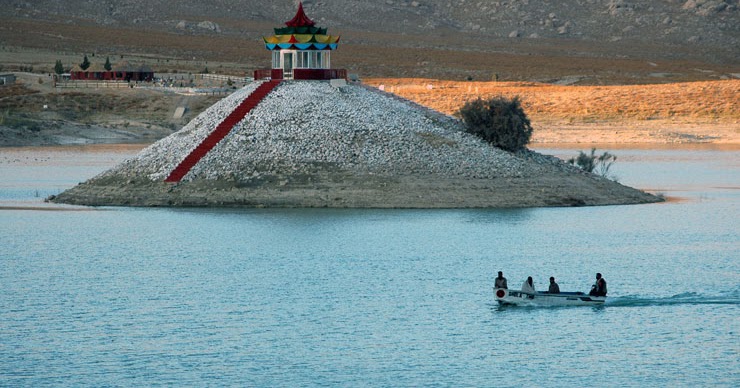

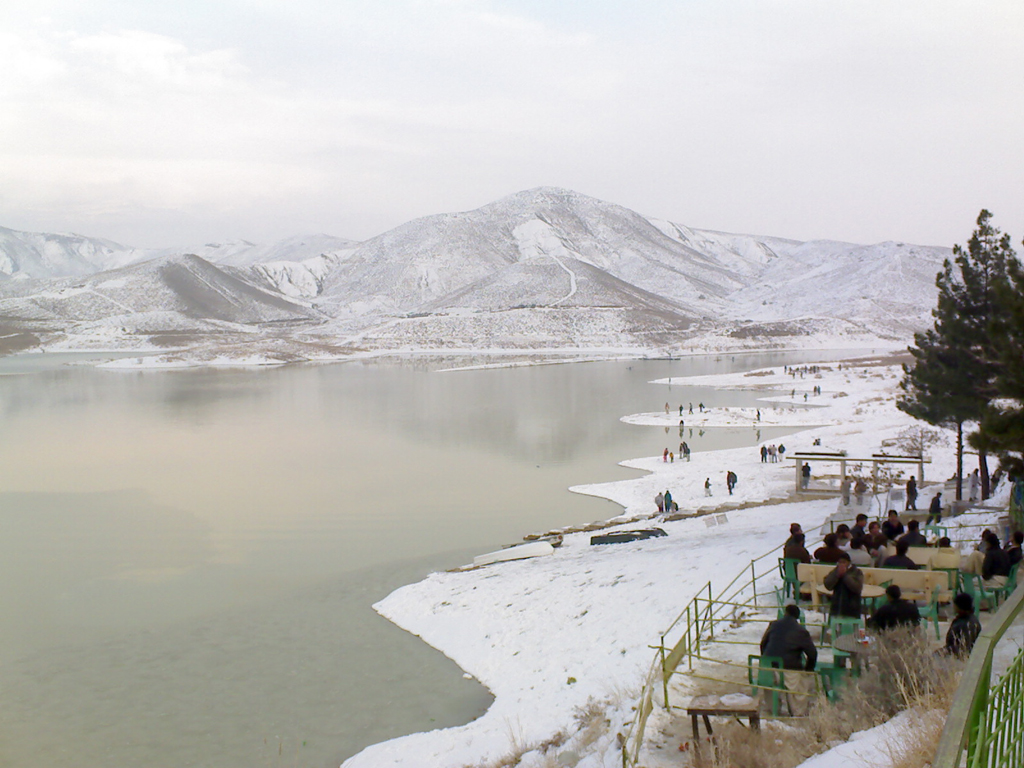
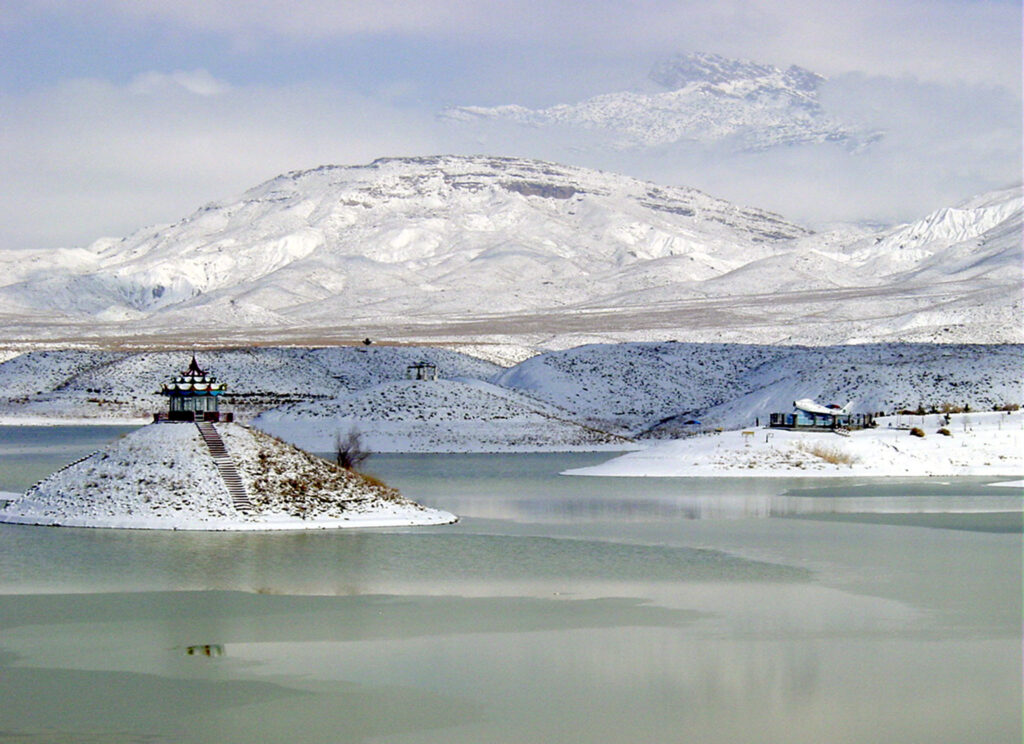
Hanna is a man-made lake that is powered by a network of water channels and is encircled by breathtaking mountains. Despite intermittent dry spells over the past twenty years or more, Hanna Lake is still a must-see when visiting Quetta. The lake, which is located approximately 17 kilometers from the heart of Quetta, will wow you with its crystal-clear, emerald-green water. Here, golden fish are commonly seen swimming up to the lake’s shores.
Given that you can either bring your own food to share with your loved ones and friends or stop by the lakeside restaurant for a quick dinner, this location is ideal for a picnic.
The lake is the perfect spot to unwind on a calm evening and take in the gorgeous reflection of the mountains. If you’re feeling adventurous, you may also take part in a range of water-based activities at a reputable sports academy on the lake.
- Urak Valley
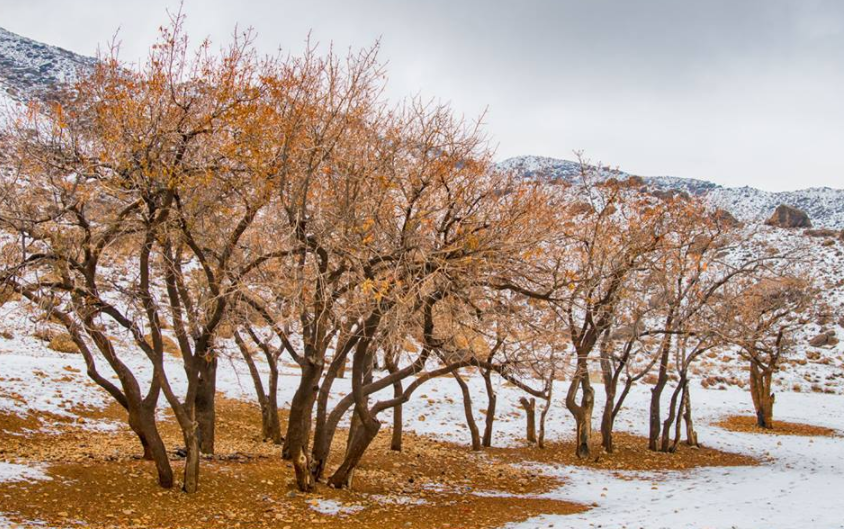
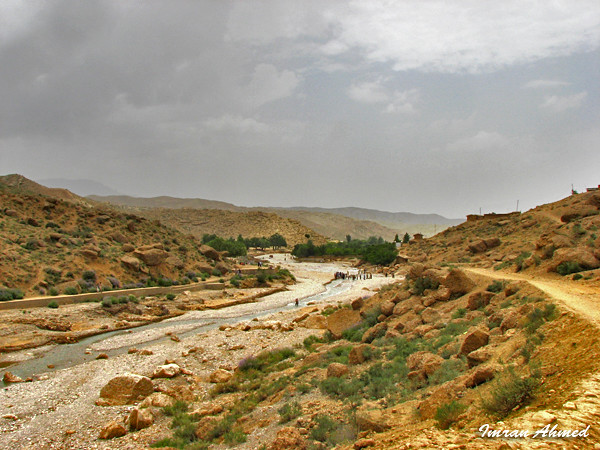
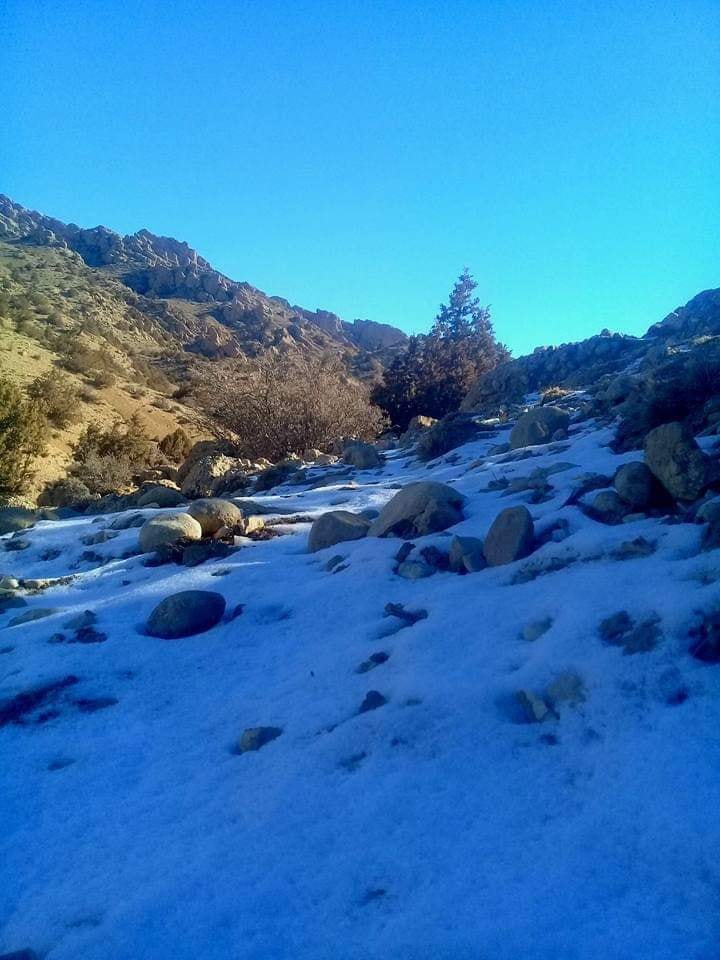
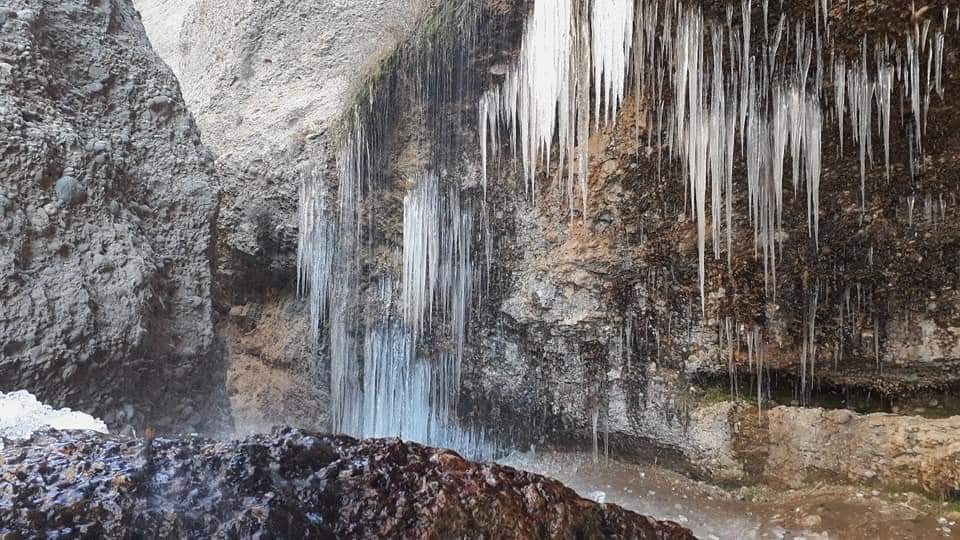
Urak Valley, often known as “The Land of Orchards,” is located around 21 kilometers away from the main city. The main draw for tourists is the valley’s end, which features a waterfall. On the other hand, a plantation and other natural beauty are also stunning, acting as the cause of why this place is so adored.
Ringed by mountains, fruit orchards line the road going to a valley adding more beauty to this place. Visitors are astounded by the variety of fruit trees along the route, including peaches, apples, and pomegranates. The little but lovely Hanna-Urak waterfall is also located in the valley, close to Hanna Lake. The Urak gate, which is close to the valley’s finish, offers even more breathtaking panoramas.
- The Archaeological Museum of Balochistan

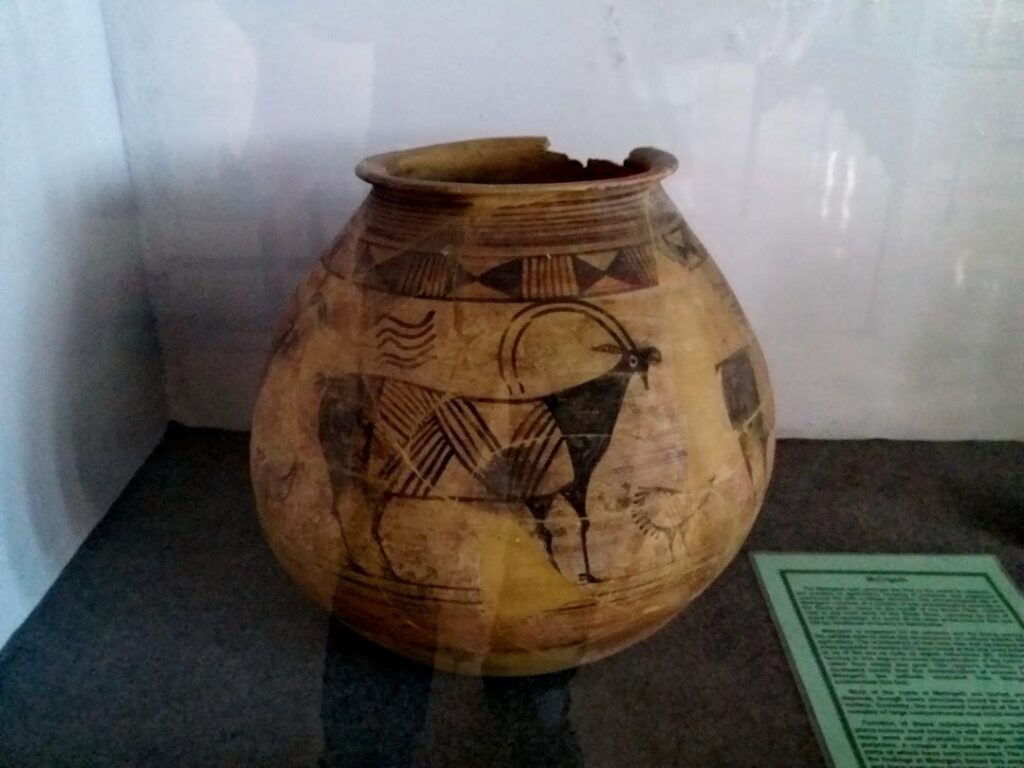
The Archaeological Museum of Balochistan, which is situated on Mizan Chowk and 8 kilometers from Quetta Spinny Road, provides an insight into the incredible history of the subcontinent. It also goes by the name “Quetta Museum” and has artifacts from ancient civilizations including figures from Mohenjo Daro in Sindh, ceramics from locations in Balochistan, and tools from the Zhob, Quetta, and Kalat Valleys.
Other sections of the museum allow visitors to delve into the realm of manuscripts, calligraphy, and Quranic verses like one written by the Mughal Emperor Aurangzeb. Along with this, one may see antique decorations and weaponry, many of which date back to British reign. The museum offers a fantastic look into Pakistan’s past in general and Quetta in particular.
- Hazarganji Chiltan National Park
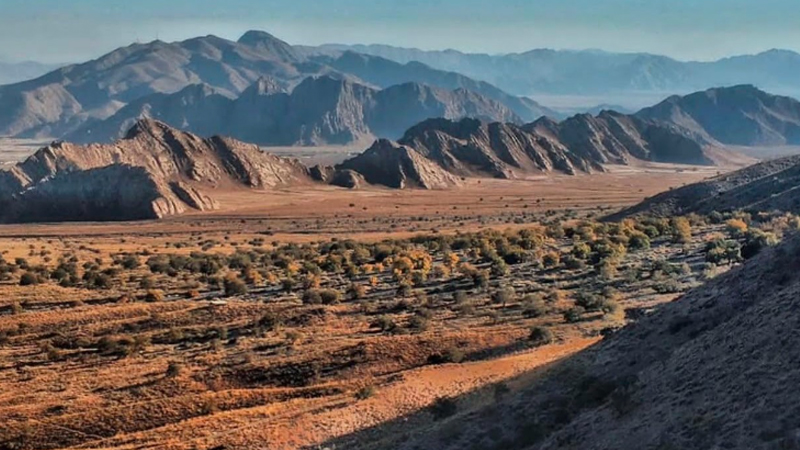
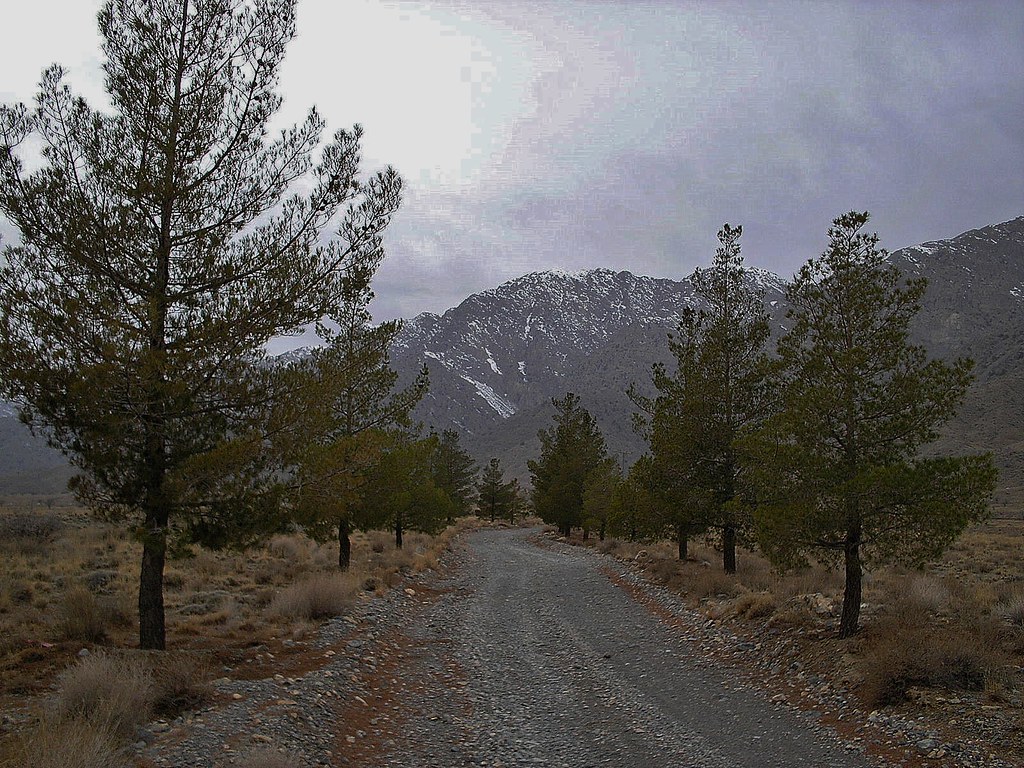
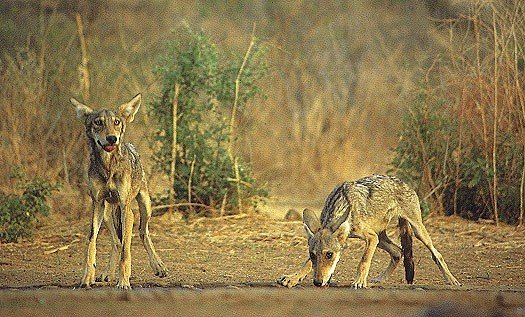
Visitors interested in wildlife should make a day excursion to Hazarganji Chiltan National Park while in Quetta. The park was founded in the 1980s, and its name, which translates to “of a thousand treasures,” alludes to the fabled wealth that has been buried here throughout the years. The Sulaiman Markhor and the Chiltian Ibex are the most well-known animals despite the fact that there is a wide variety of fauna to witness here. There are several hiking routes throughout the park, and next to the entrance is a small natural history museum.
- Ziarat Valley
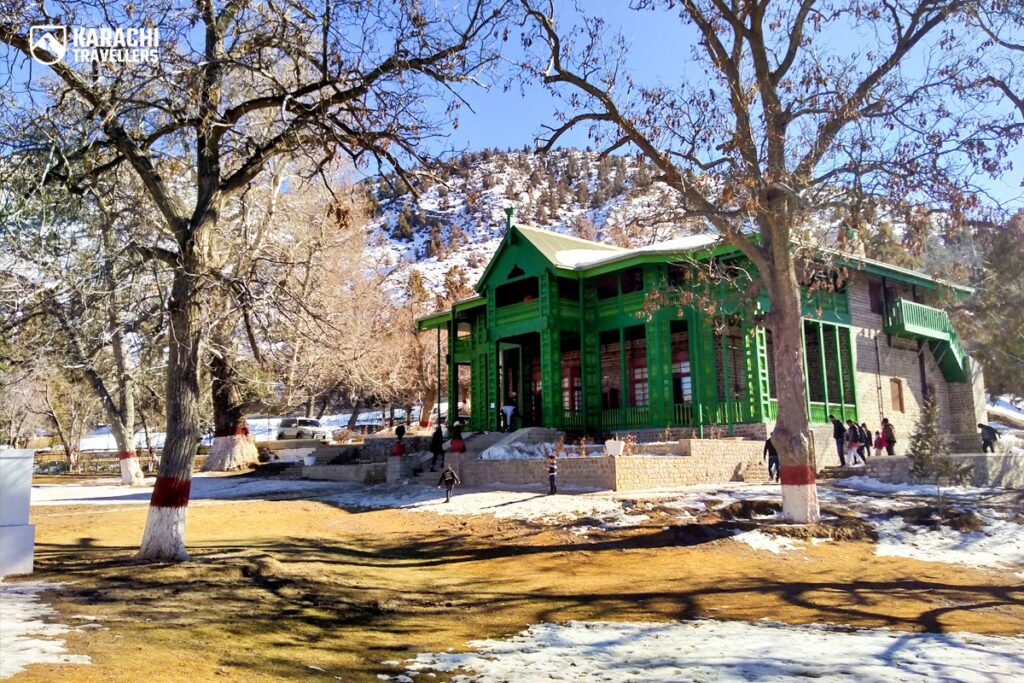
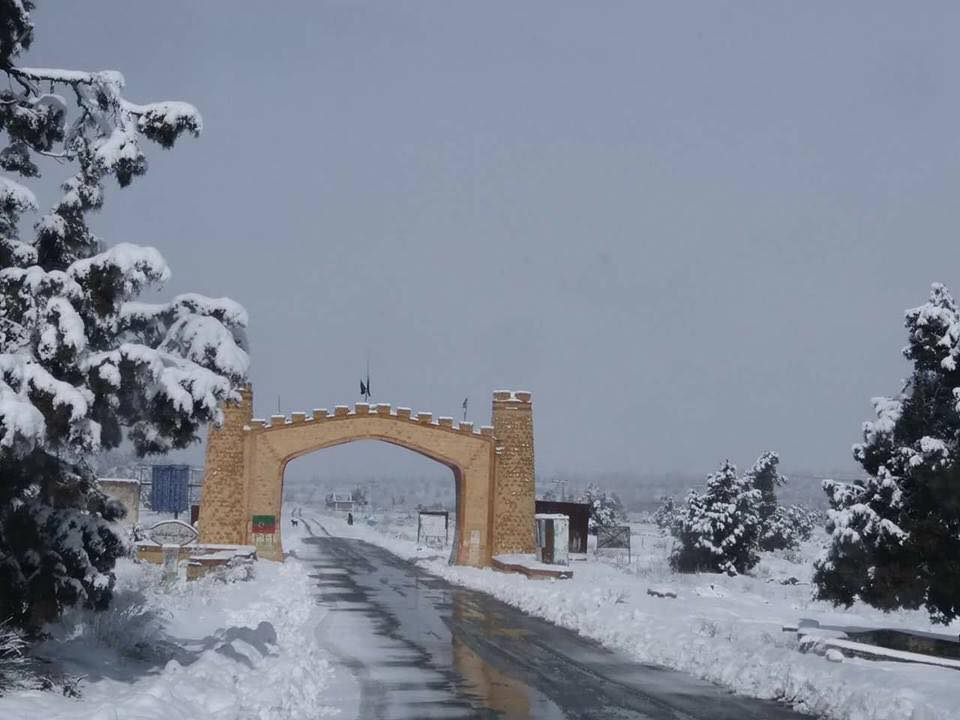


Ziarat is a little hilltop village 126 kilometers from Quetta that is surrounded by juniper trees and mountains. The Balochistan Forest and Wildlife Department is in charge of the town’s largest juniper forest in Pakistan. The juniper woodland habitat of Ziarat is home to several threatened animal species and numerous diverse plant species.
The Quaid-e-Azam or Ziarat Residency, where Pakistan’s founder Muhammad Ali Jinnah spent his final months of life, is another reason Ziarat is well-known. The building was built in 1892 under the British Raj and is primarily made of wood and painted green. The building has sustained damage twice, but it has been rebuilt to its original shape.
- Traditional Bazaars
Visitors to Quetta must experience the local bazaars since the handicraft produced there makes a wonderful keepsake as well as an original present for family and friends back home. A regional specialty, Balochi mirror work embroidery may be seen on a variety of items of clothing and footwear, including sandals, coats, and carpets. Liaqat Bazaar, Suraj Gang Bazaar, and Kandahari Bazaar are the three greatest bazaars to shop for regional crafts.
Now that you are informed, you can plan your trip to Quetta with ease. Make the most of the beautiful scenery and excellent weather by planning an off-peak season vacation to the area using this Quetta travel guide.
- Pishin Valley

The Pishin Valley, located about 50 kilometers from Quetta, has fruit orchards and Bund Khushdil Khan, a man-made lake where visitors may see ducks and other animals. Tourists may enjoy horseback riding and have the opportunity to do stunts while riding in this area, which is famed for its festivals.
- Marriabad

The Hazara community in Quetta is centered in the little eastern neighborhood of Marriabad. You may explore the suburb on foot and enjoy the surprises that every turn is guaranteed to contain, from kids playing marbles on the street to adults wearing brightly colored clothing. The suburb is dotted with small, twisting lanes.
Make sure you trek up to the viewpoint, which is only reachable after a tough half-hour climb since the area gives breathtaking views of the entire city. This viewpoint, which is particularly lovely at sunrise and dusk, may also be visited to take in the sights of Quetta’s city lights.
What to Eat In Quetta?
It is a meat-lovers delight when Baloch and Pakhtun culinary traditions combine. Balochis and Pashtuns, who are renowned for their love of meat, reside in the city of Quetta. Consequently, the meat of cows, goats, lambs, and deer is the main ingredient in the majority of Quetta’s cuisines.
Below are some of the top dishes to sample while in the city.
- Khaddi Kebab
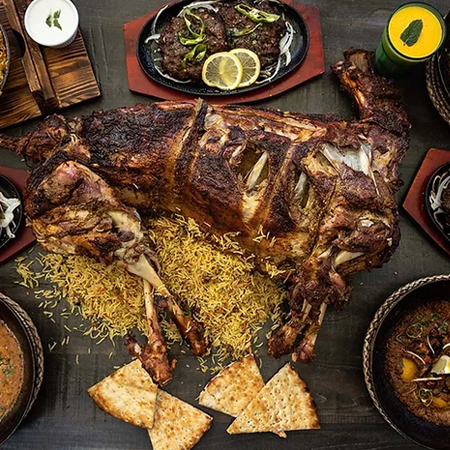
A different kind of the well-known Balochi Sajji is the Khaddi kebab. The entire lamb is buried in the ground and covered to cook on its own. The goat or lamb is buried in a pit with hot coals on either side after being packed with rice and dried fruit. It is cooked with the heat created by the coal within the pit, which is why it takes so long, the pit is then covered. The meat becomes soft creating a flavor-explosive dish.
- Laandhi
One of the most uncommon foods in Baluchistan, is the result of preserving seasoned meat especially lamb for longer than 5–6 months, allowing it to dry up and become ready to be cooked with anything.
- Mutton Roosh

From Baluchistan’s Pakhtun belts comes Mutton Roosh. It is one of the most well-known dishes to offer lamb joints with yakhni, daal, bhindi, and Lassi.
- Lamb or Mutton Sajji

The only cuisine from Baluchistan that is well-known both domestically and abroad is Sajji. Lamb or goat pieces are roasted for hours over a fire until the flesh becomes crispy. Salt and pepper are the only seasonings used on the meat.
- Mutton or Lamb Karahi
Although this meal is well-known throughout the nation, Balochi Karahi is really delicious. In a pot known as a Karahi, salt, black pepper, and tomatoes are used to season lamb and goat meat before stirring it over a high temperature until the taste develops.
- Tea

Every city in Pakistan has “Quetta tea” hotels that you may find. This indicates the ubiquity of Quetta tea. In Quetta, tea is a common beverage to have following a meal. Even though those who live in cities are more likely to drink green tea, milk-based teas are still quite popular.
Where to stay in Quetta?
- Serena Hotel

The hotel is surrounded by flower-filled courtyards with fountains and water channels surrounding the fruit orchards, with breathtaking mountain views on all sides. It offers visitors first-rate amenities and a world of luxury with friendly, cordial service. It aims to make each guest’s stay unforgettable, starting with the doormen and continuing with the reception, room service, and everything in between.
Location: Shahrah-e, Zarghun Road, Quetta, Balochistan 87300
Contact: (081) 2820073
Price: Rs.30000 – Rs.35000
- Lourdes Hotel

Lourdes is a vintage, low-cost hotel. From a safety standpoint, the hotel’s placement inside a cantonment is excellent. The exterior of the hotel, which has a sizable, lush green lawn with lovely vibrant flowers, is its most remarkable feature.
Location: Shahrah-e-Staff College Road, Cantonment, Quetta, Balochistan.
Contact: (081) 2829656
Price: Rs.12000 to Rs. 15000
- Salsabila Hotel

The Salsabila is a low-cost hotel with many levels of rooms ranging in price from cheap to expensive. The room includes a heater and air conditioner, and it’s in decent shape. Despite not being expensive, the hotel is decorated extensively.
If you’re on a tight budget or want to check out the local market, you can stay.
Location: Prince Rd, Quetta, Balochistan
Contact: (081) 2837663
Price: Rs.5000 – Rs.6000
- Zulfiqar Hotel
It is a modest motel that is located in a marketplace. The hotel recently underwent renovations, adding hot water to the bathrooms and heaters to the rooms to combat the winter chill. It’s a great spot all around to live with a family.
Location: Prince Rd, Quetta, Balochistan
Contact: (081) 2822720
Price: Rs.6000 – Rs. 7000

How to Reach Quetta?
By road: The highway runs 1,435 kilometers to Tehran, Iran, via Koh-e-Taftan in the west and Karachi in the east. It is connected to Punjab and upper Sindh via the route to Sibi. For Punjab, a quicker route is through Loralai, Fort Monro, D.G. Khan, and Multan.

By plane: From the majority of Pakistan’s main cities, including Karachi, Lahore, and Islamabad, Pakistan International Airlines offers flights that will get you here.
By Train: The majority of Pakistan’s main cities have daily rail services provided by Pakistan Railways. Every day at 6 PM, the overnight sleeper Bolan Mail leaves Karachi and arrives the next afternoon. Another sleeper train, the Akbar Express departs from Lahore and travels via Faisalabad and a number of other Punjabi cities within 24 hours.

How Many Days to Stay in Quetta?
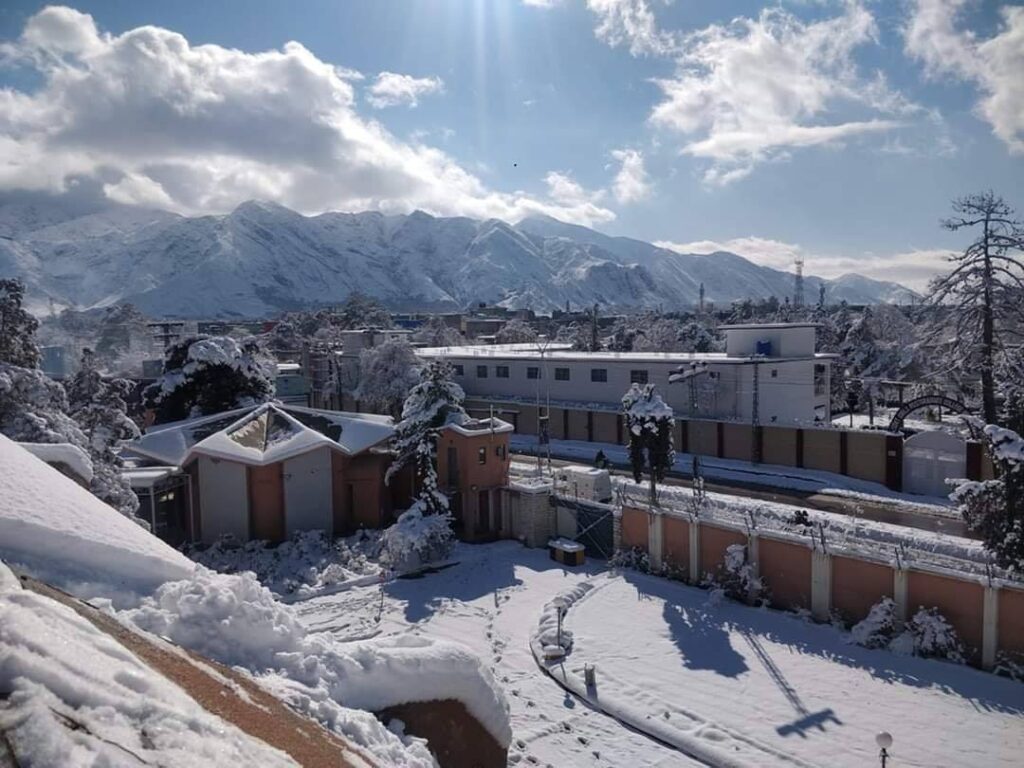
Five days would be great if you want to leisurely visit both the city and the nearby tourist attractions. It shouldn’t take more than three days to completely visit Quetta city if you only want to take a quick tour.
Weather in Quetta City
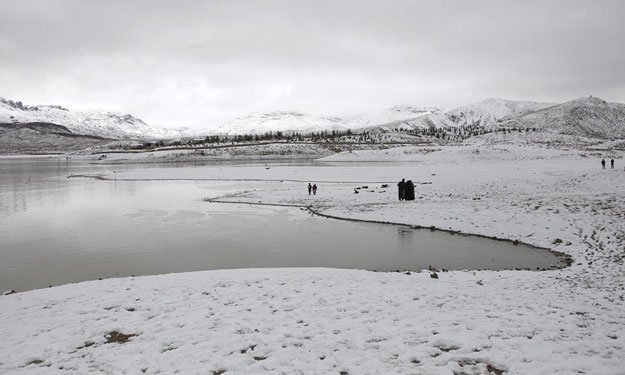
The winters are brief, extremely cold, snowy, and mainly clear in Quetta, while the summers are lengthy, hot, dry, and clear. The average annual temperature ranges between 28°F and 95°F, seldom falling below 21°F or rising over 100°F.
The greatest season to visit the area is really between March and November, when you may experience the grandeur of the surrounding valleys in comfortable weather, despite the fact that many people fly to Quetta for the snowfall. Even though the city is always chilly, the summer months of June, July, and August can see highs in the 30s, much like in other regions of the province.
Reviews of the Quetta City
This is what people on social media have to stay about Quetta:
- “Hanna Lake
Natural beauty. Breathtaking views. Lots of on-site amusements. Excellent place for kids and families. Not too expensive. Easy and reachable. Public washrooms available. Secure separate car parking. Too much blown away plastic bags everywhere right from Lake side to the top of mountains.”
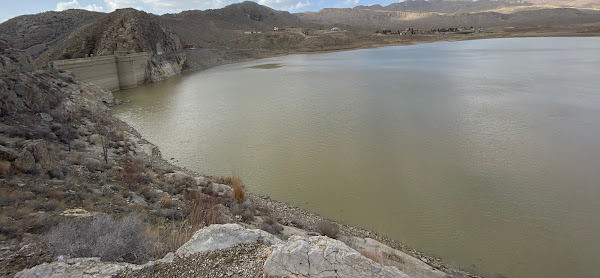
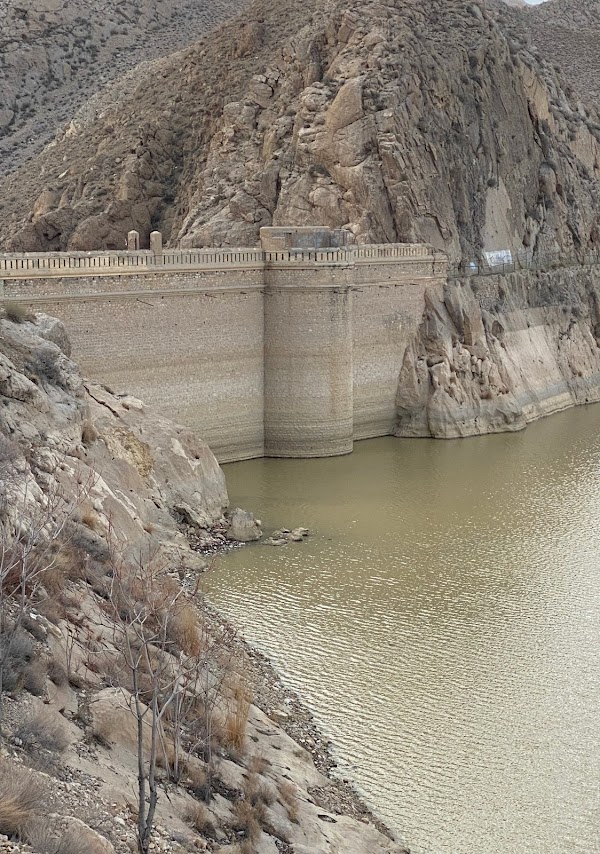
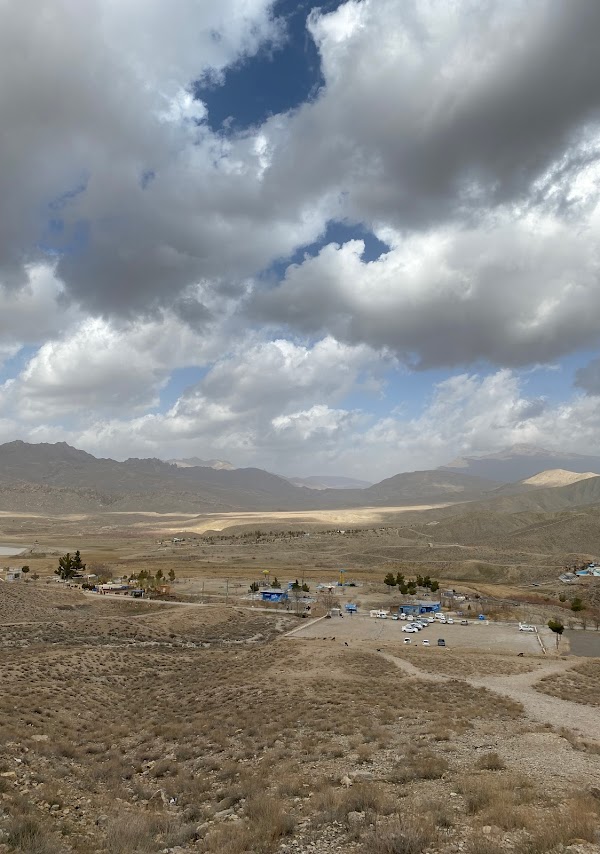
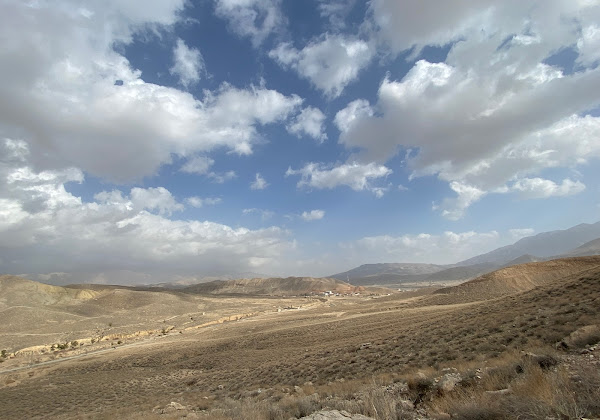
- “Hazarganji Chiltan National Park is a national park in the Mastung District of western Balochistan Province of Pakistan. It lies between Chiltan on its west and Hazarganji on the east. The park was established in 1980 to provide the habitat to rare.”
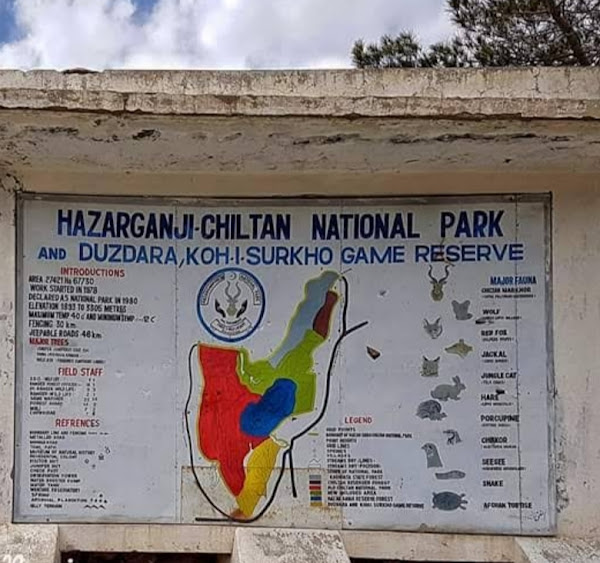
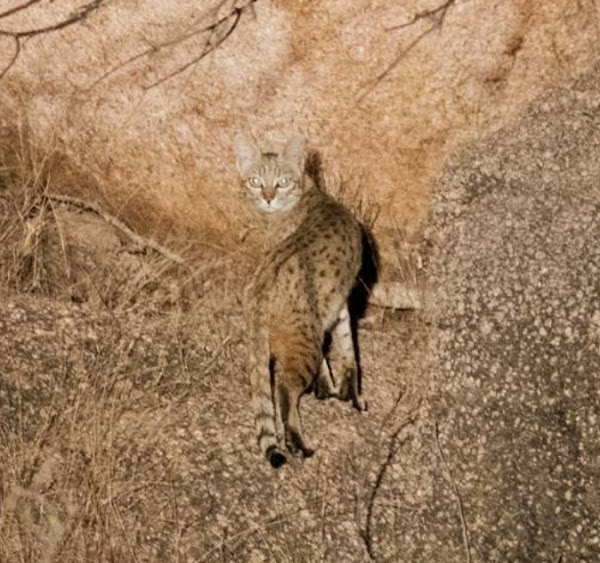
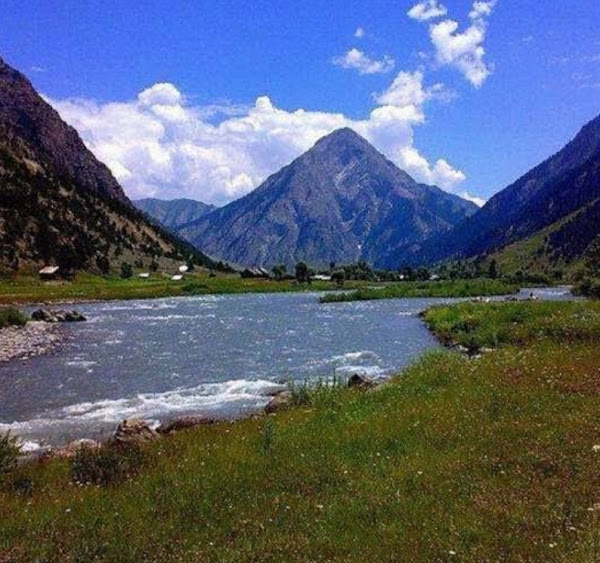

- “Ziarat Residency is located in Ziarat, Balochistan, Pakistan. It is where Muhammad Ali Jinnah spent the last two months and ten days of his life, nursed by A. S. Nathaniel. It is the most famous landmark of the city, constructed in 1892 during the British Raj. The building is a wooden structure, originally designed as a sanatorium before being converted into the summer residence of the agent of the Governor General. It is declared a heritage site and is of great architectural importance.”
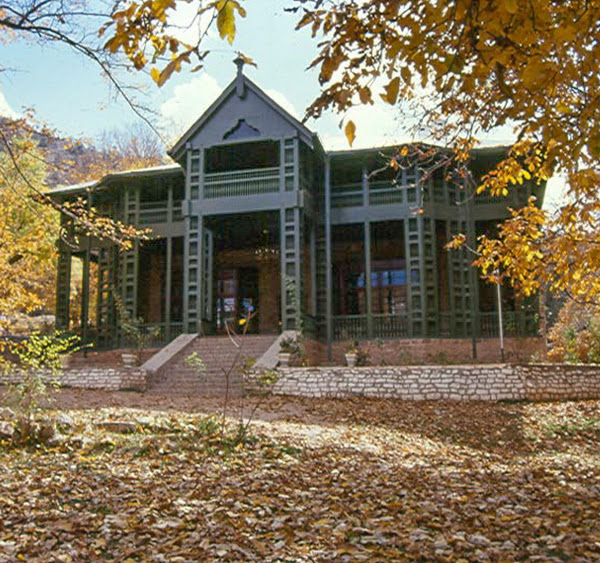
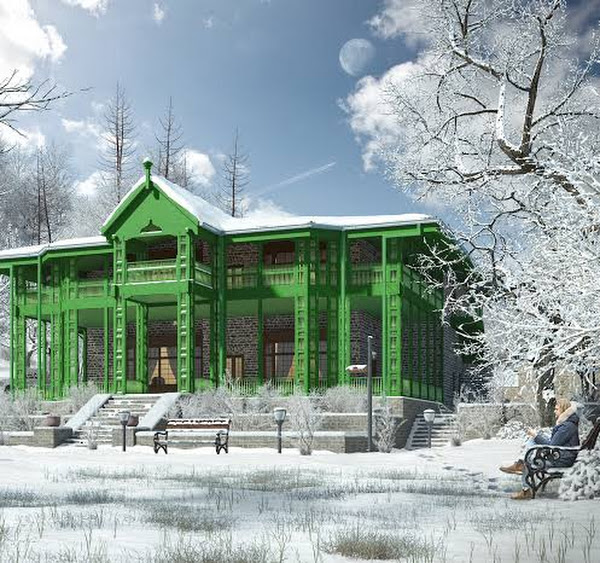
“Urak Valley is a valley surrounded by mountains in the Quetta District of Balochistan Province, in western Pakistan. Urak Valley is located near Hana Lake, and 28 kilometres (17 mi) from Quetta city.A small waterfall at its end marks entrance to the adjacent Wali Tangi Dam.
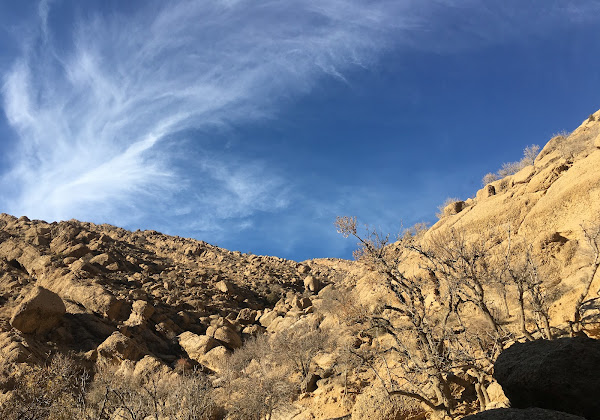

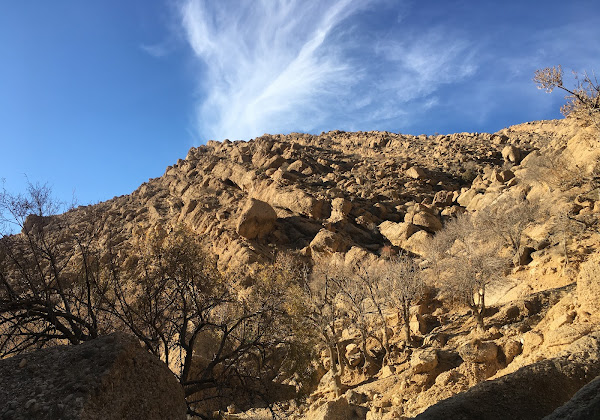
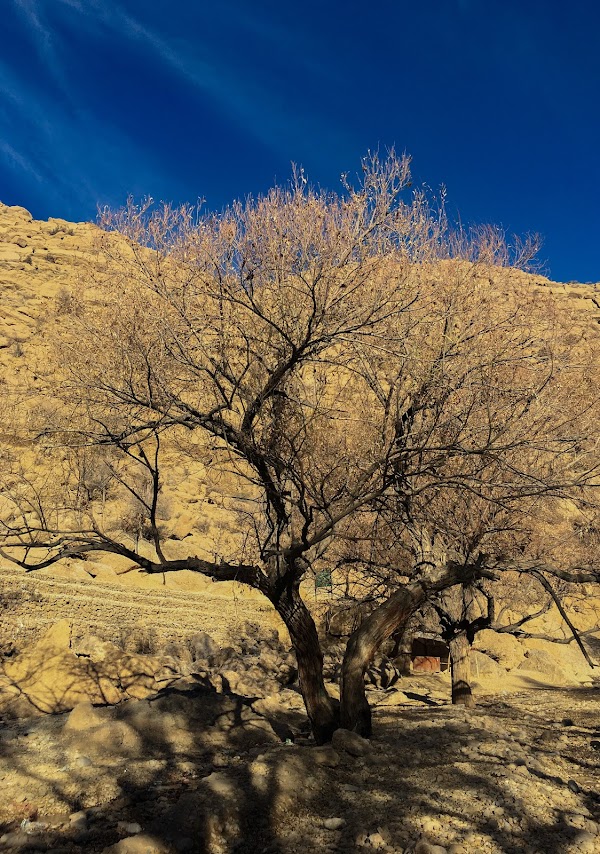
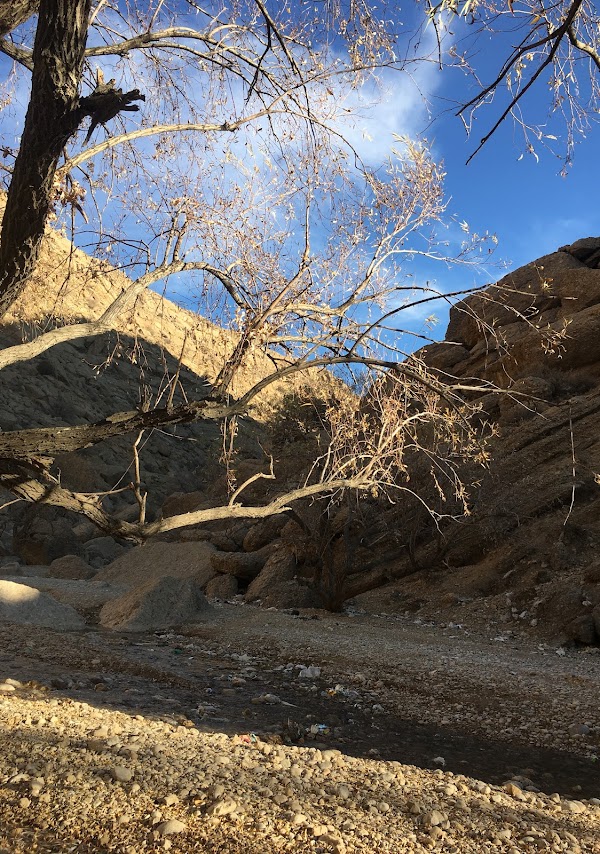
“Visited Quetta for the first time in winters, totally Worth it. Travel Quetta with your family to enjoy snow and beautiful weather.”

- “The Bolan Pass is a mountain pass through the Toba Kakar range of Balochistan province in western Pakistan, 120 km (75 mi) from the Afghanistan border. The pass is an 89 km (55 mi) stretch of the Bolan river valley from Rindli in the south to Darwaza near Kolpur in the north. It is made up of a number of narrow gorges and stretches. It connects Sibi with Quetta both by road and railway.”

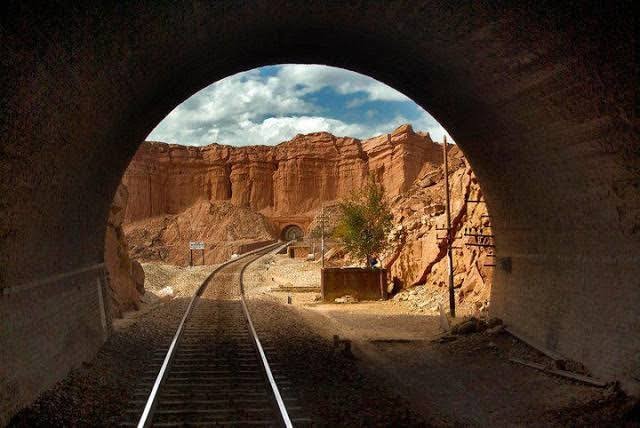
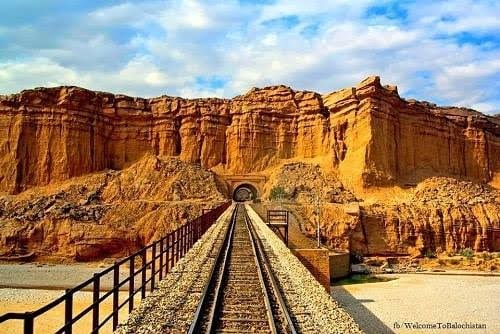

Average Cost of Quetta:
A standard 5 days tour package from Karachi to Quetta costs PKR 16,000 and above per person.
Final Verdict
Consider visiting Quetta as a brief diversion from your busy schedule. No city in Pakistan can match Quetta if you want to experience the outdoors, mountains, and chilly weather on a budget.
If you haven’t yet toured the city, I strongly suggest it. Giving yourself, your friends, and your family a retreat like this may be wonderful.



